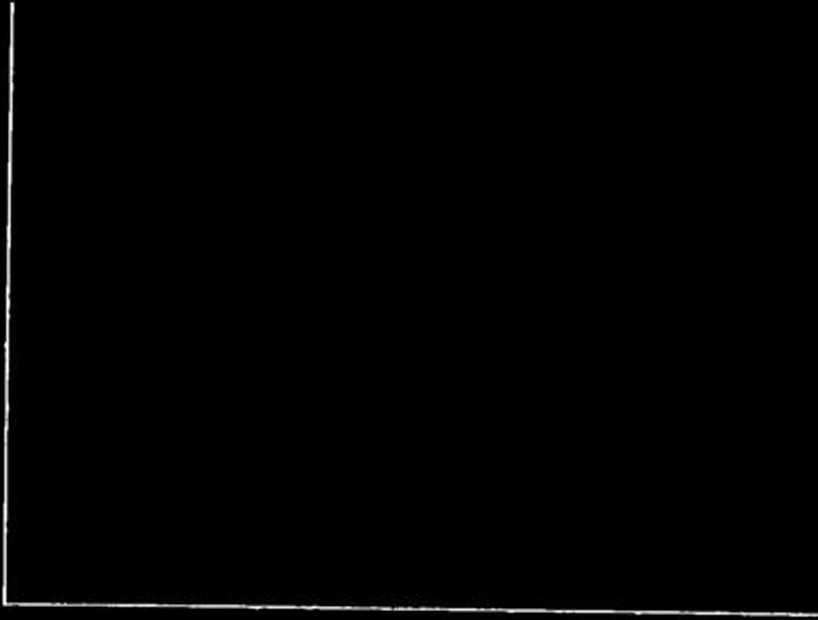290420836

Fig. 6 - Back analysis of the "Cannicella" landslide
Fig. 5 - Scarp of the "Cannicella" landslide
the back of the figurę the base of the cliff is shown to be very close to the scarp. In Fig. 6 the results of the back analysis of the landslide are compared with the strength parameters determined by laboratory tests; the mobilized strength is very close to that of the softened materials.
Ali the observations madę at Orvieto agree on acknowledg-ing that the instability phenomena in the tuffaceous cliff are strictly related to the movements in the clay forma -tion through a complex mechanism of interaction between the stiff rock slab and the underlying clay.
At Orvieto for example, there is a close relationship between the orientation of the joints in the lapideous tuff and that of the cliff faces; the main sets of fractures are all subvertical; one of them is parallel to the faces, one is perpendicular and the other two form angles of about 45 (conjugated) with the faces. The latter two sets of joints are found mainly where the border of the cliff forms pro-jecting edges or spurs; where the latter are frequent the rock appears to have a column-like structure (Fig. 7).
The close relationship between the position of the joints and the orientation of the face points out that the sets of joints were originated mainly by the stress conditions in-duced by the morphologic situation; in particular the de-formability of the clay, which increases towards the border of the cliff, is very likely to enhance fracturing.
Another instability phenomenon that appears to be induced by similar mechanisms (viscoplastic shear deformations in the clay formation), the one that produces the "step-
like" configuration of the border zones , consists in the lowering of the marginal clods of the tuffaceous cliff with respect to the back rock mass. This phenomenon is visible not only directly (Figs. 3, 7) but also through the
stratigraphic reconstruction (Fig. 8). Another type of .instability occurring in the tuffaceous cliff which is obvious-ly related to the movements and deformations in the clay formation is the "disarrangement" of the tuff mass (Fig. 9), caused by a number of irregular fractures which tend to propagate from bottom to top. With time, slices of tuff reaching right up to the top of the cliff or involving only part of it, detach and then fali. In the latter case over-hanging portions of tuff are left (Fig. 10).
Fig. 7 - "Column" fracturing of a spur and "step-like" configuration of border areas
844
Wyszukiwarka
Podobne podstrony:
et al. (1980) for the stability analysis of Palazzo della Ragione, a 13t h Century building in Milan
Essential Oils of Sagę Species 187 Fig. 1. Fingerprint gas chromalograms obtained from HS-GC-MS anal
420 (12) 393Metallurgical Analysis of the Dress Accessories Lead Lead Fig 266 Copper alloys c. 1270-
16 JACEK LECH Fig. 15. Sećovce, Trebi.fov dist. The analysis of the archaeological materials from th
46 Rys. 3.17. Wynik analizy dotyczący pojęcia unifikacji i typizacji Fig. 3.17. The result of analys
416 (14) 389Metallurgical Analysis of the Dress Accessories Lead Lead Fig 258 Ali copper alloys. Eac
232
1356 I. J. Radiation Oncology • Biology • Physłcs Volumc 51, Numbcr 5, 2001 Fig. 2. Analysis of comp
Summary: The paper presents a financial analysis of the non-profit organization that provides rehabi
00121 ge08f5e71e20195f362e2605eea9911 122 Simpson & Keats by a trade-off analysis in the region
skanuj0059 (23) 180 MARTA DEREK objectives of the economic development of the commune. For example,
Summary PhD thesis presents analysis of RCM maintenance system implementation for the semi submersib
2013 SYSTEMS SUPPORTING PRODUCTION ENGEINEERING The experiment also focused on analysis of the resul
6 Spis treści Anna Haczkowska, The analysis of difficulties arising during coding an-swers to open-e
więcej podobnych podstron